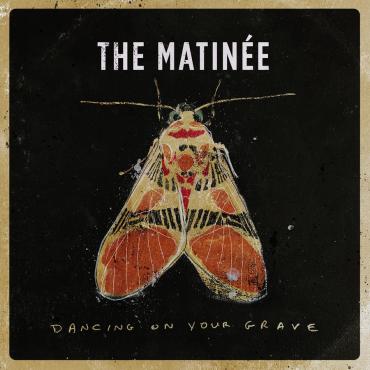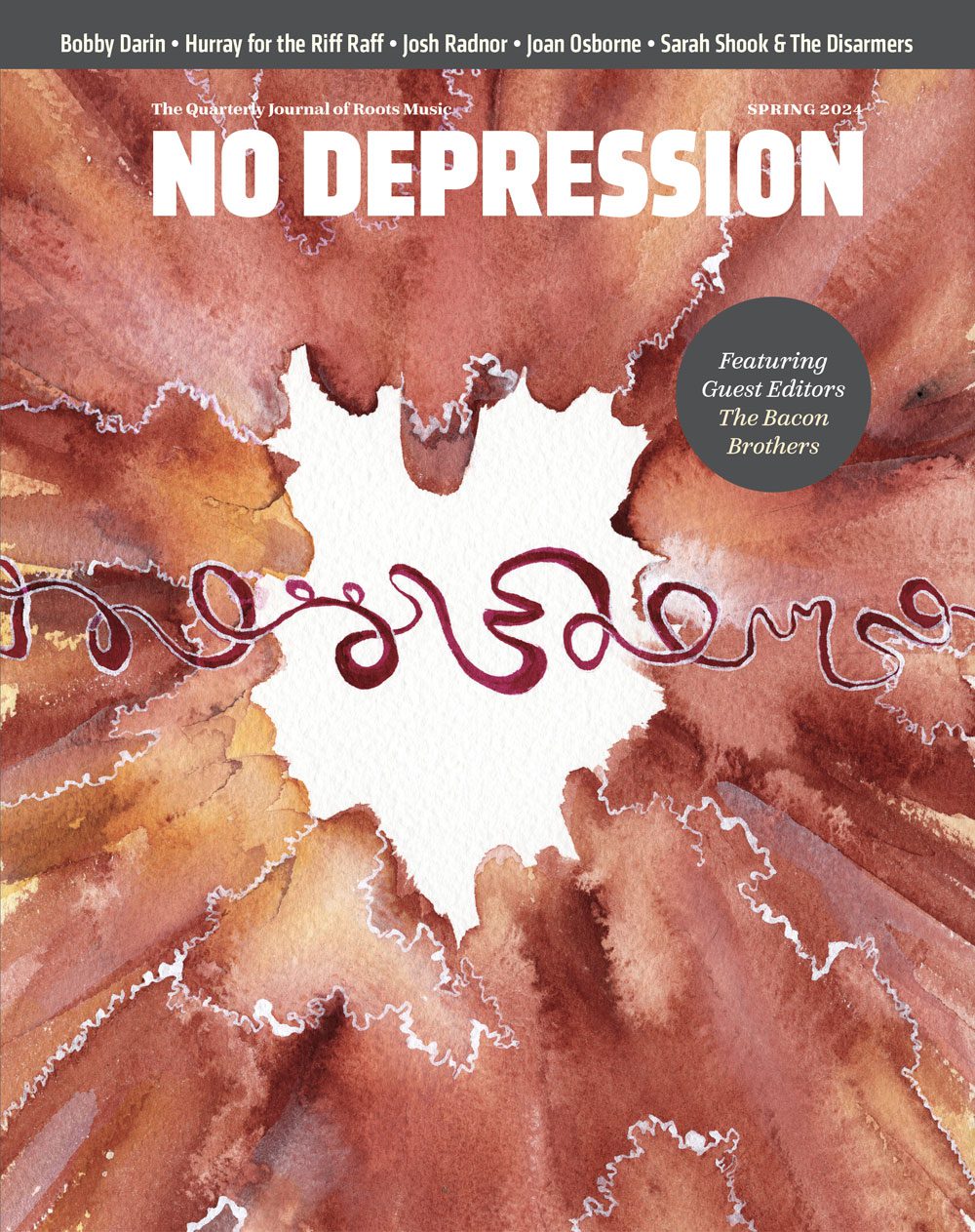Don’t Need a Seat for The Matinée: You’ll Be Too Busy Dancing on Your Grave

When someone utters an occasion as being one appropriate for “dancing on a grave,” it’s not all that unexpected that the implied sentiment is that of contempt or morbid glee in the face of another’s passing. Neither of these thoughts are of the particularly friendly or appealing variety so, what’s to be garnered from an album bearing the title of such an idiom?
Coming from Vancouver quartet, The Matinée, the answer is actually quite a lot. Though at times breaching the sadder and more trying aspects of living, Matt Layzell (vocals), Pete Lemon (drums), Matt Rose (guitar, pedal steel, mandolin, banjo), and Geoff Petrie (guitar), are out to present a record exuding contempt, like the newly released LP’s title, Dancing On Your Grave (Light Organ Records, 2017), out today, might suggest. Rather, in contrast, these Canadian folk rockers are commemorating an assortment of events in their lives that span the gamut of emotions intensity.
An 11 track affair exploring the demands, joys, and trials of adult life, Dancing On Your Grave, which was produced by Jamie Candiloro (Ryan Adams, R.E.M., Courtney Love), was actually conceived long before any of The Matinée ever thought to pick up an instrument or a pencil to write. Each of the four members had been simply living their lives and, as life will inevitably have its way, changes of various magnitudes rained down upon each of them and became the fundamental catalysts for the yet-to-be-pursued record. Most poignantly – as the experience became the fuel for the titular track as well as other parts of the album – Layzell had to work through the loss of his grandfather. A tumultuous breakup not long afterward added to the difficulty. Contrasting with the sobering weight of Layzell’s experiences, Rose, Petrie, and Lemon saw beginnings of chapters with new children, engagement, and marriage respectively.
While the ways people process and react to grief are all different, even though Layzell’s more negatively tinged events provided much of the album’s conceptual foundation, the band doesn’t color Dancing On Your Grave with a matching sonic framework. Nearly every song moves with an attentive and light footed pulse, even if the lyrics therein sometimes narrate an emotionally divergent mentality (No use in crying / ain’t no denying / that there’s no turning back that’s for sure / Cause you’re long gone / Oh you’re long gone). The Matinée spend the time throughout Dancing on Your Grave aligned with arrangement tendencies and performative character that harkens to heartland and classic rock artists like Tom Petty, Bruce Springsteen, Wilco, and U2. The latter resonates with a particular boldness (See also: “Beautiful Day”), against Dancing On Your Grave’s dynamically distensible but instrumentally restrained opening/title track.
Punchy and neatly defined drum hits, often assigned to patterns over beats two and four (“The Living,” “Figure It Out”), are peppered with partnered shakes of tambourine. These percussive accentuations run alongside clean toned, smoothly flowing, sometimes blues rock-tinted (“Show Me”), and distinct-yet-stylistically analogous guitar melodies that ride over top of The Matinée’s rhythmic supports like the color blended twilight sky coexisting above the jagged Canadian Rockies. It would be a disservice of course, to deny mention of the more folk rock-oriented aspects of Dancing on Your Grave. Extending back to the recording and selection process of the record – an initially open jam style approach Layzell describes as, “just jamming with the tape rolling” – The Matinée weren’t laser focused on making a hit record or even recounting the idiosyncrasies of their individuals stories with a fine-toothed comb.
The band instead “decided early on to have fun and to not be too precious, see[ing] what songs naturally rose to the top,” as Layzell describes. “[T]he problem soon became that [the band] had so many ideas forming [they] needed to start a giant poster board to keep track.” The free-flowing nature of this decision and what listeners are ultimately presented with, makes all the more impact when the reality of 40 different songs being whittled down to a record-suitable 11 is revealed. Amidst these eliminations, more contrast becomes apparent. The genre-signature sounds of pedal steel and banjo permeate slower tracks like “Anna Lee” and “Long Gone” respectively, which can both feel worlds away from the live wire tempo of chorus-explosive track, “Blood Alley” – the lead single that is destined for overhead conducted, syncopated clap-a-longs, guitar solos likely to grow in improvised character, and audience memorized refrains (Cause it’s just too much / Oh we all just want a little human touch) at the band’s live shows. Additional contrasts throughout the album with things like track length (“My Heart Still Works” v. “Long Gone”), further support The Matinée’s original intention that Dancing on Your Grave not be a project of formulaic confinement or standard.
Despite the fact that Dancing On Your Grave is a record that can ultimately be described as containing “a little something anyone can enjoy,” its construction story has little amusing ironies like the first track getting written last and the last first. Furthermore, even if its very title projects a semi-shocking turn of phrase, all of the superficial platitudes surrounding this album only serve to further highlight the true depth of The Matinée’s free-spirited mentality toward encapsulating catharsis, exuberance, and self-discovery, no matter what that meant for the expectations of the end result.


